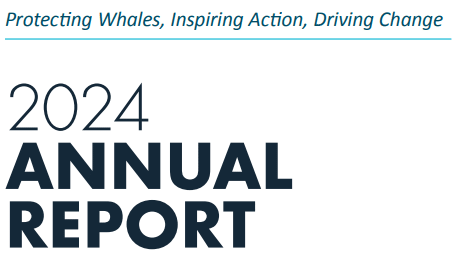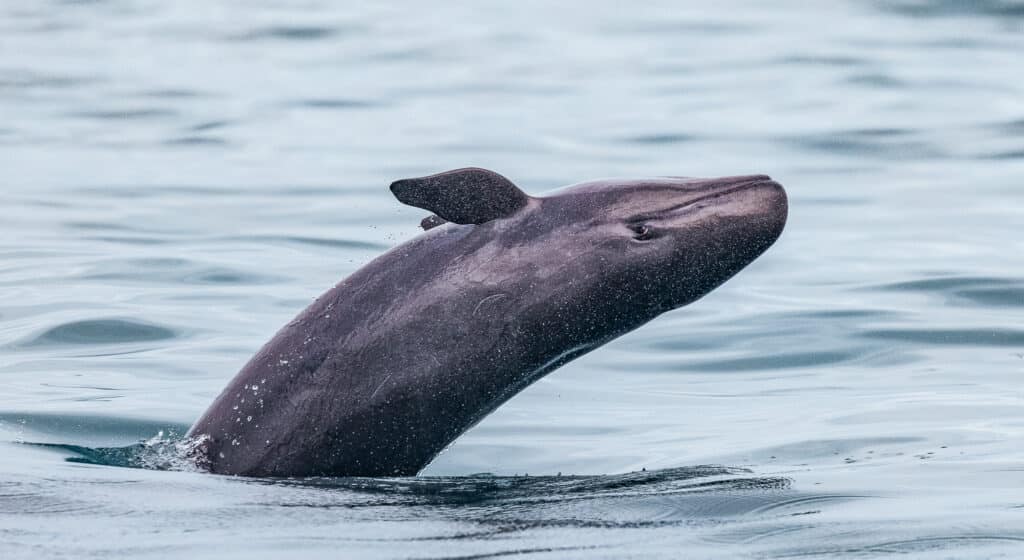
What is a False Killer Whale?
Despite their name, false killer whales (FKW) are not whales at all—they’re actually part of the dolphin family. Known as blackfish, these sleek, intelligent marine mammals were named for their skull’s resemblance to that of true killer whales.
In the Hawaiian islands, they hold special significance. The insular population—those that live year-round around the main Hawaiian Islands—was listed as endangered in 2012. Today, fewer than 150 remain, and the population continues to decline by about 3% each year.
Why Are They at Risk?
Pacific Whale Foundation (PWF) and Cascadia Research Collective have studied Hawai‘i’s false killer whales for over 20 years. Their collective research shows the population has declined dramatically, and the threats are clear:
- Fisheries bycatch – false killer whales often become hooked or entangled in fishing gear.
- Food competition – the size and amount of prey they depend on has decreased over the past 15 years..
- Multiple stressors – more than 20 human-driven threats, from noise pollution to toxins, jeopardize their survival.
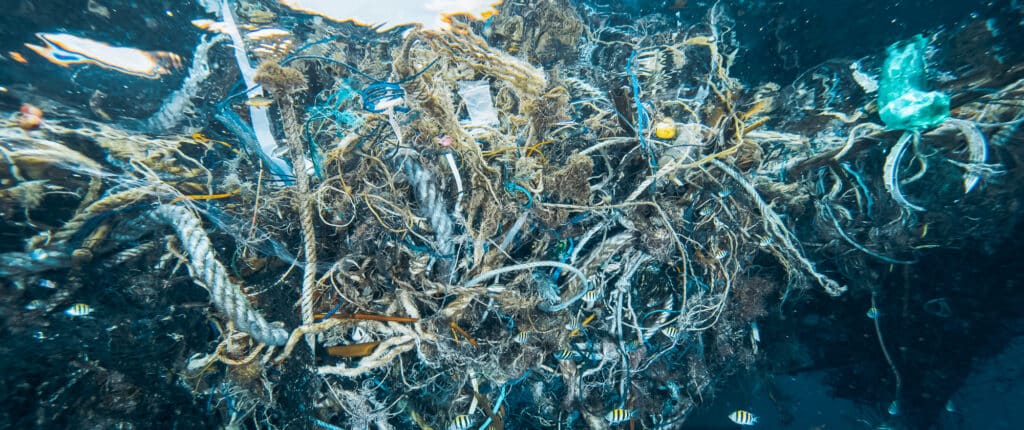
Why It Matters to Hawai‘i
False killer whales are more than just marine animals—they are ‘aumākua, ancestral guardians, deeply embedded in Hawai‘i’s natural and cultural heritage. This is the only false killer whale population that lives in coastal waters and regularly uses the main Hawaiian Islands, making them unique among their kind…. The presence of these whales is not only biological but spiritual, carrying the wisdom of ancestors and the identity of these islands.
Their loss would not only be an ecological disaster, but also a cultural one. To watch them disappear is to risk losing a living guardian and a symbol of Hawai‘i itself.
Extinction is Forever—and with it, a piece of Hawai‘i’s identity, memory, and protection could vanish.
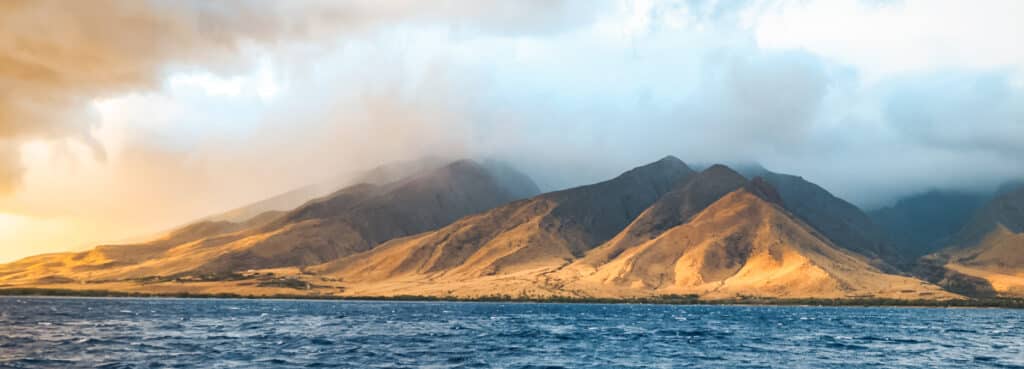
What Is Being Done
Pacific Whale Foundation, Cascadia Research Collective, and the Marine Mammal Research Program are at the forefront of efforts to protect this endangered population by:
- Conducting long-term monitoring and photo identification to track individual whales.
- Deploying digital tags to monitor feeding frequencies and energy expenditure.
- Collaborating with NOAA and partner organizations to share data and strengthen conservation efforts.
- Engaging the community through outreach, education, and rapid response reporting to increase awareness and participation in protection efforts.
- The Save Hawaii’s False Killer Whales Campaign has been launched to gather petition signatures calling for stronger monitoring of Hawai‘i’s fishing industry to prevent deadly bycatch.

For more than 30 years, collaborative research—through dorsal fin IDs, tagging data, and genetics—has uncovered how truly unique and interconnected Hawai‘i’s false killer whales are. We know who they are, where they travel, and even how their families are connected.
Without stronger safeguards—such as electronic monitoring and tighter regulation of commercial fishing that entangles false killer whales—extinction could arrive within our lifetimes.
Learn more about Pacific Whale Foundation’s ongoing research

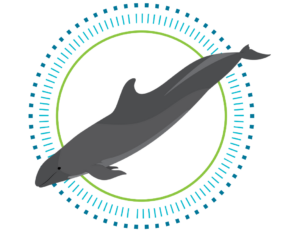 How You Can Help
How You Can Help
Every action counts—and your voice matters. Here’s how you can make a difference:
Support Pacific Whale Foundation’s research and conservation work to protect Hawai‘i’s false killer whales.
Sign petition demanding stronger monitoring of a few key hotspots that pose a high risk of entanglement to stop bycatch.
Together, we can protect these rare dolphins and ensure future generations experience their beauty in Hawaiian waters.
